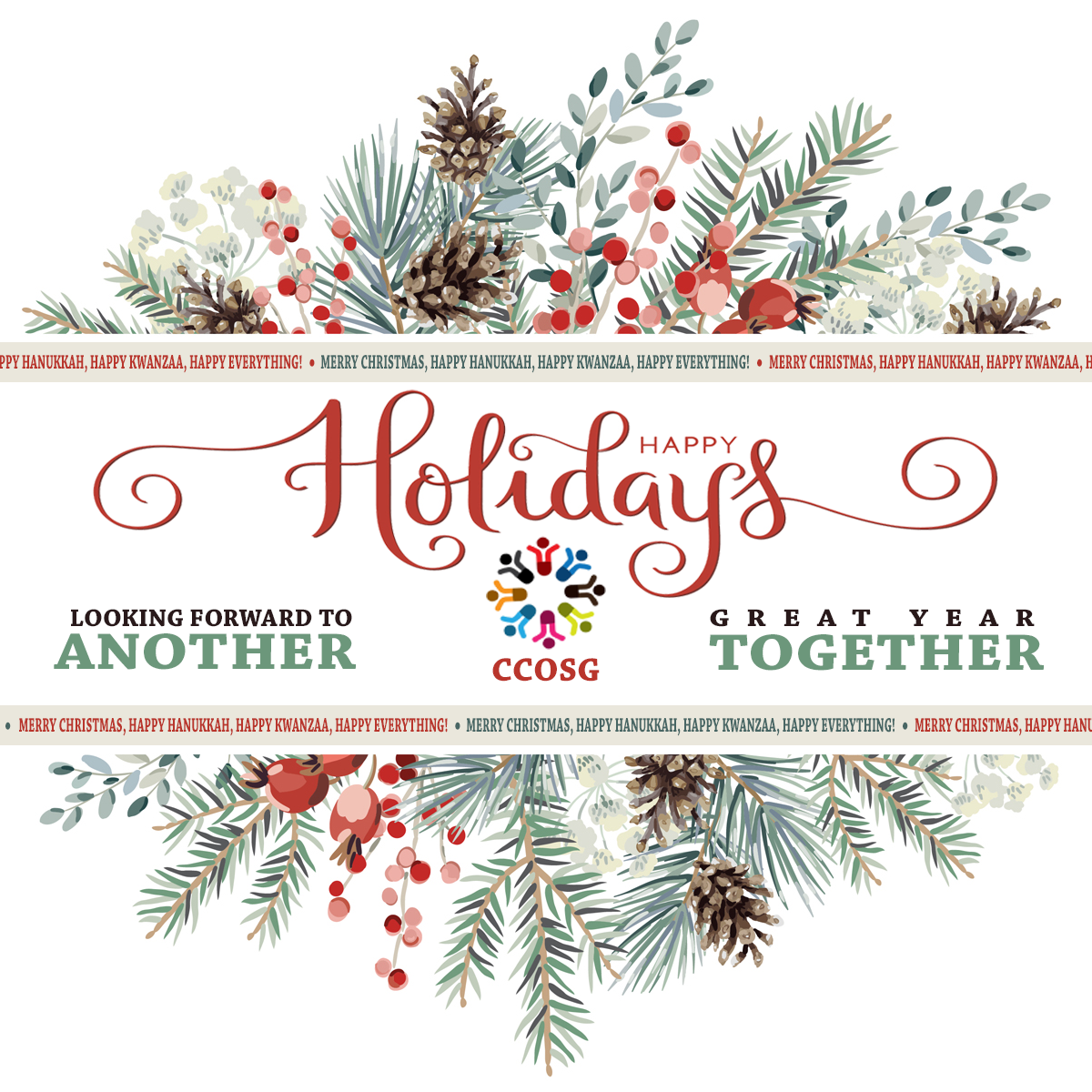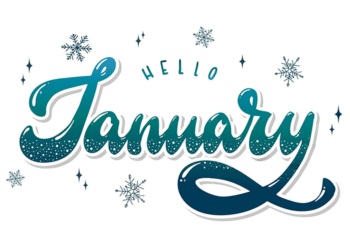
Charlotte County Ostomy Support Group Newsletter for December 12, 2023
Officers:
President: Jerry Downs 941-629-7568 fldowns@embarqmail.com
Vice President: Ken Aukett 609-315-8115
Secretary: Lovelle Meester 612-240-2175
Treasurer: Lorelie Godbout 603-474-9063
Directors: Janice Creutzmann 910-382-2509
David Sandora 941-828-1076
Committees:
Newsletter: Lorelie Godbout
Programs & Education: Jerry Downs,
Gloria Patmore, RNET (retired) 941-627-3077
Nancy Frank, RN, BSN, CWOCN 941-629-5118
Marie Michel, RN, CWCA, CHRN, OMS 941-626-2607
Visitation: Nancy Frank, RN, BSN, CWOCN
Library: Lorelie Godbout, RN (retired)
Professional Advisors:
John P. Rioux, MD, F.A.C.S.
Nancy Frank, RN, BSN, CWOCN
Marie Michel, RN, CWCA, CHRN, OM
A 501 (C) (3) nonprofit organization, (tax-deductible donations) Website www.ccosg.org
![]()

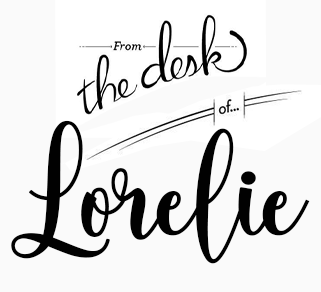
HAPPY HANUKKAH, MERRY CHRISTMAS, AND HAPPY KWWANNZA
Happy First Day of Winter, December 21
Sad news–Our faithful Secretary, Lovelle Meester, passed away from a heart attack while being taken care of after being in a very bad car accident. Her husband Stan passed away in September from injuries sustained in the same accident. Their daughters are planning a joint funeral and are going to “livestream” it. They will send Linda and Jerry information and a link that we can click on our computers and watch the Celebration of their lives. Linda and Jerry will send it along when they get it.
![]()
OUR NEXT MEETING WILL BE AT THE GOLDEN CORRAL ON DECEMBER 12, 2023 at 2:00 PM WITH JESSICA FROM COLOPLAST AS OUR SPEAKER. COST $10.00 PER PERSON.
On November 14, 2023, we had our meeting at Charlotte Community Foundation in Punta Gorda. There were 13 people in attendance. Jerry led us in the Pledge of Allegiance to the flag. Jerry then talked about how Gloria, our past president, talked him into becoming president and said it would be for about a year or two, but it turned out to be nine years now. He tried seeing if anyone wanted to take over as President last year, but there were no takers. He says he likes doing it. I think he does a great job. He talked about his wife Linda and how they met and how much she means to him. Linda was married before, but her first husband died in a car accident. Jerry was a friend of both her husband and her and kept in touch with Linda. They started going out a year later and after three years they decided to get married, but he had to talk with Linda’s Father-in-law first. Jerry was nervous, but asked her father-in-law’s permission to marry Linda and her father-in-law said “Well, it’s about time”. He said he knew a year before that it would happen sooner or later. They have been married for 47 years now.
Jerry introduced us to Daniel Borman, a younger person with a new ostomy. We then introduced ourselves and explained what kind of ostomy we had and discussed ways we found to make our journey with an ostomy better. We all have different problems and ways of dealing with our ostomy problems. Sometimes we can learn from others what may help our problems, like using barrier strips to help prevent leakages around the stoma. Another point was using tape over the barrier edge like the barrier strips. Sometimes I use tape over the barrier strips if I find they start peeling around the edges and I am not ready to change my pouching system. If you have a urostomy use a cutting board with a handle and place it under the mattress so the overnight urinary bag can hang on the handle. This is useful if you travel and don’t want to have your bag on the floor. When I have traveled I have used a gallon-sized freezer bag over the night bag and used a waterproof bed pad underneath it in case it leaked during the night, but I think I will try this trick. Another point was to use heat over your pouching system after you change to help with adhering. A suggestion was to use a bean bag or make your own with socks and heat in the microwave for 30 seconds. Another good point is using stoma paste or a moldable seal around the stoma after using stoma powder and skin barrier wipe for a seal before putting on your barrier and pouching system. Ostomy odor was brought up and advice was given about using ostomy deodorant for pouches that help with odor. Jerry explained how to control odor with POO-POURRI, 1-2 squirts in the toilet before emptying the pouch. You can find it online. Joan Huber praised Karen Chalfant for helping her with her ostomy that she had been having trouble with for a long time and Karen thanked Joan for helping her get through a tough time after losing her husband. Ken talked about the StomaGenie and how it works. He had some samples and demonstrated how to use it and how it comes in different sizes. He raves about it because you can clean around the stoma without getting messy and then throw it away after. You can find it online and it is covered by Medicare. We are all here to help each other overcome some problems that may arise and we also need to be our advocate to overcome obstacles. By trial and error, we sometimes find our own solutions and we can share them with others.

![]()
The following articles are from UOAA e-mail articles to be shared
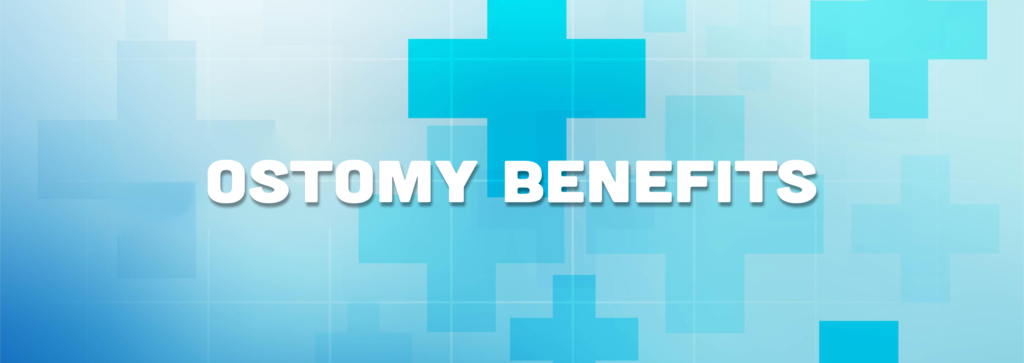
By Dan McCoy dmccoy@dgmccoy.com Placerville, CA Ostomy Support Group
Early into my ostomy journey a close friend once asked if there are any benefits to having an ostomy. Off the top of my head, I couldn’t think of any. However, upon reflection, a couple of benefits come to mind (in addition to the obvious benefit of being alive), plus a couple of other thoughts. Obvious benefits include: stool samples are MUCH easier with a colostomy compared to sitting on a “hat”, plus chemo-induced diarrhea is much easier to deal with when you don’t have to rush to the bathroom every five minutes.
Beyond that are benefits that don’t show up in an ostomy pouch.
Suppose someone had told me six years ago: this is your future – you will have lots of cancers and then will pee and poop out of your abdomen and back for the rest of your life (and occasionally leak all over yourself). I would have thought – “What a terrible way to live”, and that ostomies must be on the person’s mind all the time. I could not have been more mistaken. You can live a great life with ostomies, just a bit differently.
Of course, ostomates develop a different relationship with their waste, but living with ostomies quickly becomes just another way of dealing with life. I was initially struck by the idea that it’s fairly easy to change when I have no choice. Now my ostomies are just “there” – like wallpaper – just a part of my daily reality. The old way of peeing and pooping didn’t work anymore – like flipping a switch. My ostomies are so much a part of me and my daily life that I don’t really think about them very much – 95% of the time.
Ostomies are so much a normal part of my life that I occasionally forget how much I have learned about ostomies and myself over the past five + years. Last week I had the opportunity to have an extensive conversation with a man scheduled for urostomy surgery in three weeks. First, I was impressed by how he had already received training to prepare for surgery at UCSF, and life after surgery. As our conversation continued, it brought an awareness of all of the lessons I learned and taught myself over the last five years. Passing on those lessons came naturally and was much appreciated.
The larger benefit is a special awareness that illness brings – an intangible certainly, but best expressed as gratitude at a level I have rarely experienced before. Daily activities take on a special significance. We’ve all had thrilling times (however you define them), but thrilling times never last. What lasts is – normalcy. Day-to-day life. We spend the vast majority of our time on normal, everyday activities. Those small moments are to be treasured for the marvels that they are: many times a day the simplest observation can trigger…wonder. Doesn’t last long…perhaps a few seconds to a minute of awe – watching my dog walk across the yard, noticing one flower among many, feeling raindrops on my face – a short reminder of the treasure I have at my fingertips.
![]()
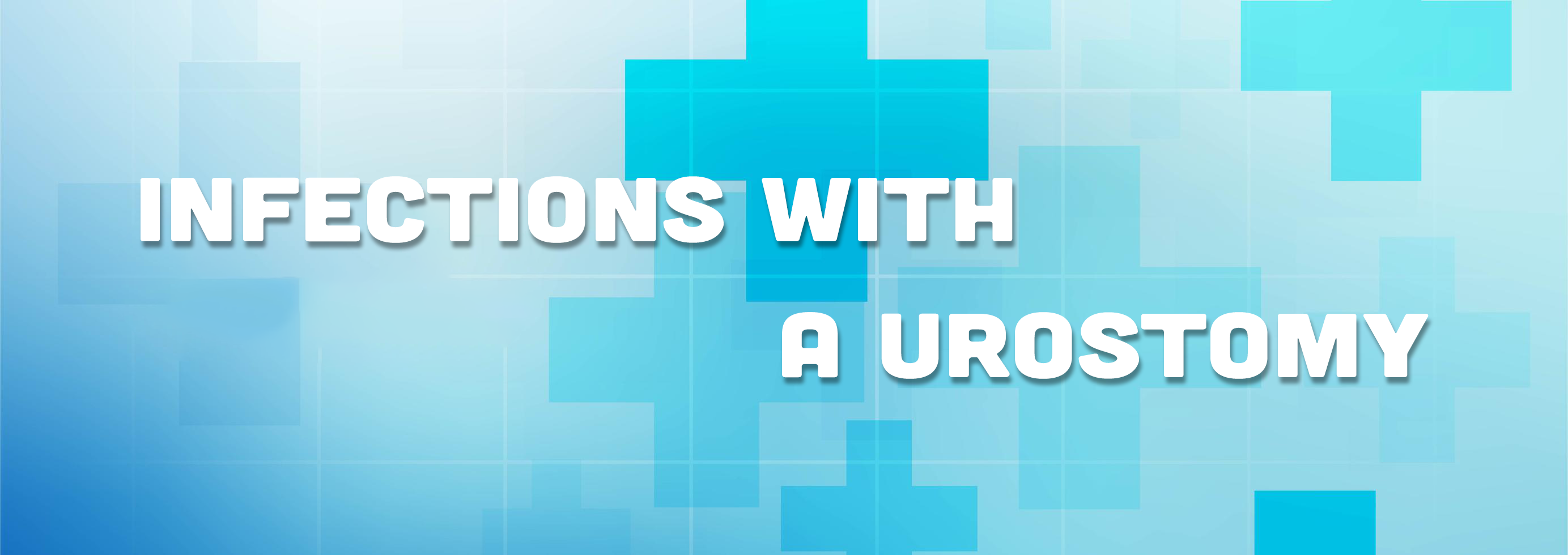
NKUDIC – National Kidney and Urologic Diseases Information Clearinghouse
Bacteria often enter urostomies and continent urinary diversions and begin growing in number. At times, bacterial overgrowth causes a symptomatic urinary tract infection. Symptoms of infection may include:
• fever
• milky urine or urine containing extra mucus
• strong-smelling urine
• back pain
• poor appetite
• nausea
• vomiting
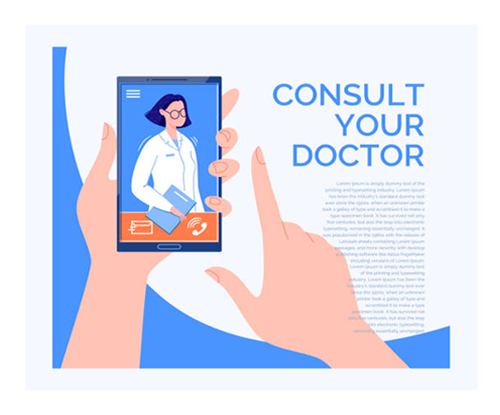
Patients with symptoms of infection should call their healthcare providers at once.
Drinking eight full glasses of water every day can help prevent infection by flushing out bacteria and keeping bacterial counts low. Patients should talk with their healthcare providers about appropriate times to have their urine tested and when to have treatment with antibiotics. Urine testing and infection treatment play a critical role in successful long-term care with minimal complications.
![]()

By Carrie Flaherty – WOCN Corner, OstoGem Newsletter, Boise, Idaho
After surgery, there can be many adjustments that need to be made. Getting back to life can feel like an uphill battle. There can be both physical and emotional changes. These can both be challenging and at times feel like a never-ending pit. Do not disappear! Getting back into the step of things will fall into place before you know it. Here are a few tips and activities that can help you fall back into the swing of things
Experience is unique to each person. Try not to compare your recovery to anyone else’s. 
Your own progress can be hard to see when recovering. Try to be patient and do not expect too much too soon. A daily diary can help you see your progression. Keep in mind that it will likely take months for your body to fully recover from surgery and the illness that led to the surgery. For many people it is important to connect to others that have a similar experience. Support groups can be a wonderful way to connect to others.
Posture after abdominal surgery can be a problem as it is common to slump or stoop. This can cause lower back pain. Try to remember to stand tall. This helps support your back and core.
Simple breathing techniques and meditation can be very helpful in relaxation, improving healing, and reducing anxiety. Deep breathing also encourages you to use your lungs after surgery. There is an online resource called Mind Space that has some helpful breathing activities as well as some guided meditation. It can be accessed at www.mindspaceapp.com. ![]()
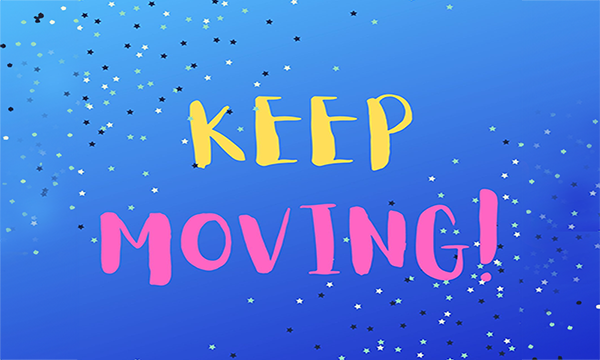
Walking can be a wonderful way to build confidence and promote recovery. This is an activity that can be done with friends and partners. Walking encourages you to get out of the house and fall back into the community. Take it at your own pace and increase your steps as you feel your body is ready.
Pelvic floor muscles are very important. Participating in pelvic floor strengthening can help with recovery for both temporary and permanent ostomies.
There is a wonderful online resource that has been put together by Convatec. They have many tips and tricks as well as online material that can be printed to assist with getting you back into the swing of things. This information can be found at
![]()
